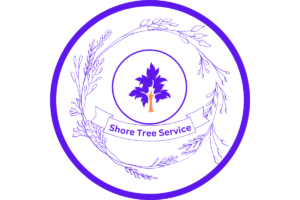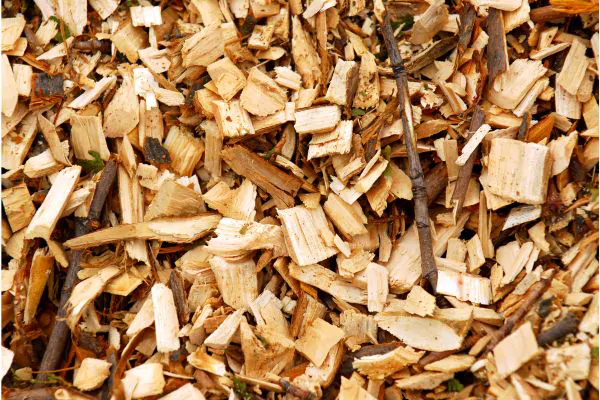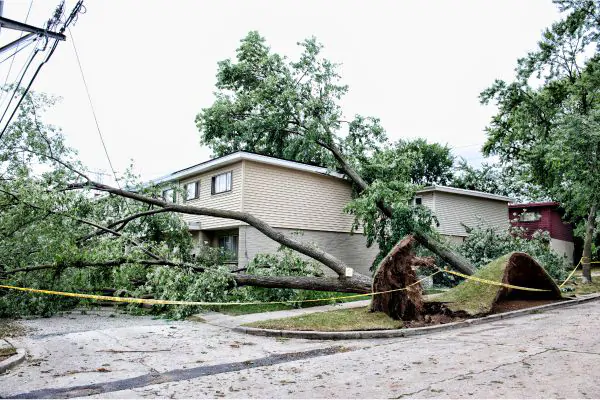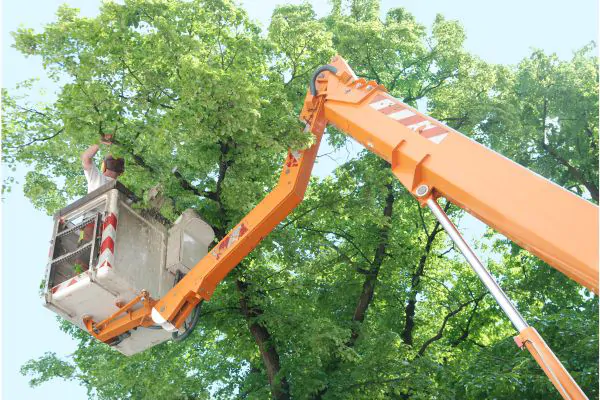I. Introduction
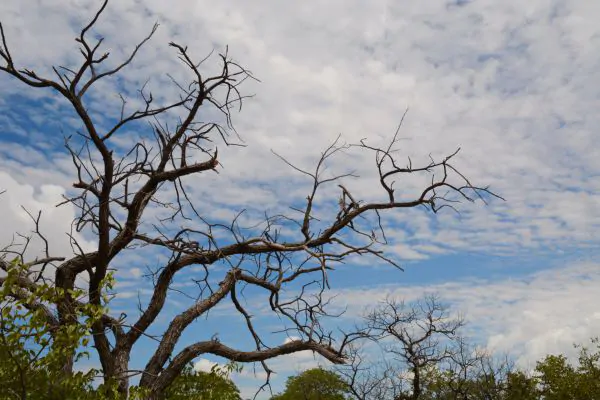
Trees, the silent sentinels of our landscapes, face a myriad of threats that can compromise their health and longevity. Recognizing the signs of a dying tree is not only crucial for the tree’s survival but also for safeguarding the property and individuals in its vicinity from potential dangers.
From fungal infections to root rot, subtle indicators could signal a tree’s distress, often overlooked until it’s too late.
This blog will guide you through identifying those critical signs, equipping you with the knowledge needed to take timely action.
Keep reading to become well-versed in spotting the early warnings of a tree in trouble and learn how to intervene effectively.
II. Signs of a Sick or Dying Tree
Trees, much like any living entity, show several distress signals when their health is compromised.
Identifying these signs not only aids in prolonging their lifespan but also in maintaining the safety and aesthetics of your property.
This section unveils seven signs of a tree dying that homeowners need to watch for: broken sticks and branches signaling structural weaknesses, shedding bark that points to an underlying disease, the presence of rot or fungus denoting decay, a noticeably leaning tree hinting at root damage or soil issues, open wounds on the trunk or branches that could invite infection, an absence of leaves or the presence of dead leaves outside of autumn indicating serious health issues, and visible root damage which compromises the tree’s stability.
Recognizing these signs and symptoms early plays a pivotal role in deciding whether a tree can be saved or if it necessitates professional removal to prevent potential hazards.
1. Broken Sticks and Branches
Broken sticks and branches scattered about the property are not just a trivial matter; it’s a cry for help from the tree itself. This physical damage often signifies that the tree is unable to withstand the pressures of environmental stressors such as wind, snow, or the weight of ice, pointing toward a larger issue of structural weakness or disease within. When you notice these signs, it suggests a critical moment to engage professionals who can assess the situation and decide whether the tree can be preserved or needs to be removed for safety.
2. Shedding Bark
A tree’s bark serves as its armor against the external world, which is why shedding bark in excessive amounts can be a glaring red flag. Such shedding often indicates the presence of diseases or pests that shows some dying tree symptoms from the inside, impairing its health and structural integrity. If you spot extensive areas of bare wood where bark has fallen away, it could be one of the signs that the tree is dying or in serious distress and may require expert diagnosis and intervention to prevent further degradation or removal if the condition is beyond repair.
3. Presence of Rot or Fungus
The presence of rot or fungus on a tree is a clear indicator that all is not well beneath the surface. These symptoms often manifest as mushrooms or fungal growths around the base of the tree or on the trunk, signifying that the tree’s internal structure is decaying. Early detection and response to these signs are vital, as they often require a tree specialist to assess the damage’s extent and determine the most effective course of action, be it treatment or removal, to ensure the safety and preservation of the surrounding area.
4. Leaning Tree
A tree that begins to lean significantly signals distress, often a consequence of weakened roots or damaged soil structure. Such a tilt not only compromises the tree’s own stability but also poses a threat to anything within its potential fall path. Immediate attention from a tree care professional can discern if the lean is manageable or if the tree represents an imminent risk, warranting removal.
5. Open Wounds
Open wounds on a tree, whether due to pruning mishaps or inflicted by adverse weather conditions, act as an open invitation for pathogens and pests. These breaches in the bark disrupt the natural defenses of the tree, making it more susceptible to infections and infestations. Immediate and appropriate care, ideally under the guidance of a certified arborist, is paramount to prevent these wounds from becoming fatal to the tree’s health.
6. Absence of Leaves or Dead Leaves
An absence of leaves or the presence of dead leaves on a tree outside of the usual autumn shedding season signals a severe health crisis, often related to root damage, water scarcity, or nutrient deficiencies. This condition indicates that the tree is not engaging in photosynthesis effectively, which is critical for its growth and survival. Timely intervention by a tree care professional can identify the underlying issue and determine whether the tree can recover or if it necessitates removal to protect the surrounding landscape.
7. Root Damage
Root damage marks a significant threat to a tree’s stability and overall health. It often arises from soil compaction, construction activities near the tree, or aggressive fungal infections targeting the tree’s foundational system. Compromised roots hinder the tree’s ability to absorb water and nutrients, often leading to a slow decline in vigor and, potentially, the tree’s demise. In such cases, seeking the expertise of a tree care company to evaluate the extent of the damage and to decide on the appropriate course of action is imperative.
Related Post: THE DANGERS OF TREES
III. What to Do If You Suspect a Sick or Dying Tree
Upon identifying any of the seven critical signs that a tree on your property might be sick or on the brink of dying, immediate action is essential to mitigate risks and safeguard the surroundings.
The urgency to respond is driven by the potential hazards a compromised tree poses, not only to its own longevity but also to people, structures, and other vegetation nearby.
The initial step usually involves consulting with a certified arborist, a professional who can offer a detailed health assessment and recommend the most judicious course of action, be it a tree treatment or removal.
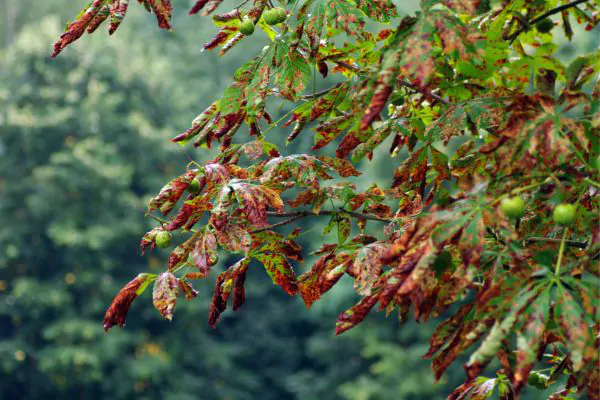
If removal is advised, selecting a reputable local tree services becomes the next crucial move. They possess the expertise, equipment, and experience necessary to safely and efficiently remove the tree, minimizing the risk to property and persons.
This section guides readers through the proactive measures on how to tell if a tree is dying, highlighting prompt action, the importance of professional consultation, and how to choose the right tree removal service.
A. Prompt Action
Taking immediate action at the first signs of a tree’s distress is not merely a preventive measure; it’s a critical intervention that can avert the escalation of hazards. Once symptoms such as broken branches, fungal growth, or sudden leaf loss are observed, reaching out to a certified arborist should be the immediate next step. This urgency ensures that the situation is assessed promptly, allowing for a swift response that could potentially save the tree or, if necessary, arrange for its safe removal, thus protecting the property and its inhabitants.
B. Consulting with an Arborist
Seeking guidance from a certified arborist is a vital step toward ensuring the health of a distressed tree. These professionals bring a wealth of knowledge and experience in diagnosing tree diseases, assessing risks, and determining the most effective treatment plans. Their expertise not only helps in salvaging ailing trees but also in making informed decisions about tree removal where preservation is no longer viable.
C. Choosing a Local Tree Removal Company
Settling on the right local tree removal company necessitates due diligence to ensure the chosen contractors are well-equipped and have a solid track record for safe and efficient tree removal. A reputable company is often characterized by certification, such as through the International Society of Arboriculture (ISA), indicating that their arborists are certified, along with possessing ample insurance to cover any accidental damages or injuries. It is imperative to verify these qualifications and ask for references to gauge the company’s reliability and professional competency, safeguarding your property and ensuring the health of your landscape.
You might like: What To Look For In A Tree Removal Company
Conclusion
Recognizing the signs of a dying tree is essential for preserving both the environment’s health and safety. Symptoms such as broken branches, extensive bark shedding, fungal growth, significant leaning, open wounds, foliage loss, and root damage are all indicators of distress.
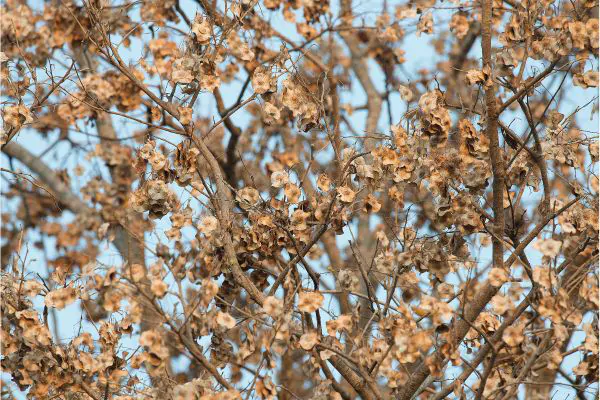
Prompt action upon noticing these signs can mitigate risks and maintain landscape beauty. Consulting a certified arborist ensures accurate diagnosis and timely intervention, which may involve targeted treatment or professional tree removal where recovery is unlikely. Entrusting tree care to skilled professionals is vital for maintaining vibrant landscapes.
Certified arborists possess deep knowledge of tree health, offering the best chance for preservation or safe removal. Their expertise in diagnosing issues, recommending treatments, or conducting removals underscores the importance of professional involvement in ensuring tree longevity and property safety.
The Tree Service Company That Cares
Shore Tree Service is a trusted and reliable tree service company that has been serving the South Shore area for several years. What sets them apart from other tree service providers is their genuine care for trees and the environment. They firmly believe that trees are not just a part of the landscape, but living entities that deserve proper care and attention. Contact us today and get a free estimate!
